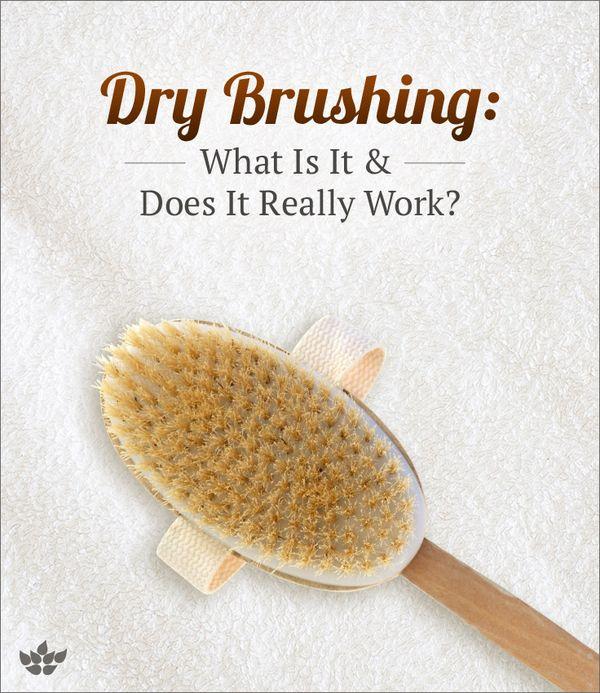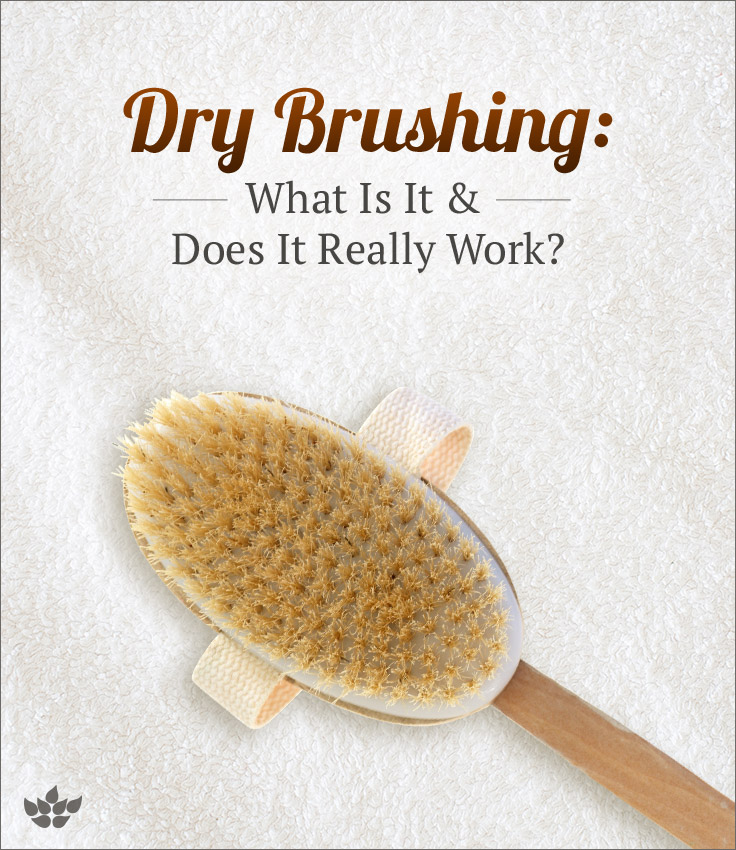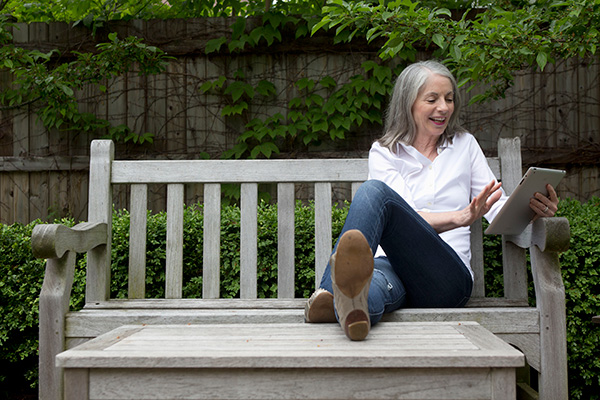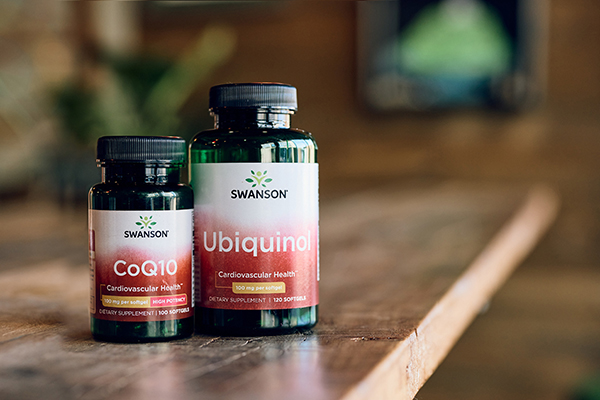I’ve heard people rave about dry brushing for years, but rubbing a brush all over my dry skin didn't sound fun to me. Even though I heard it may help support circulation and remove dead skin cells, I was still skeptical.
I decided to try it myself, so I did a lot of research beforehand.
Some articles I read said to brush twice a day, and other said once or twice a week. Brushing and showering (or at least rinsing) twice in one day seemed a bit excessive to me, so I decided on once a week.
First of all, dry brushing isn’t as scary as it sounds.
I thought my skin would be all red and full of scratches, but (thankfully) it wasn't. Dry brushing didn’t necessarily feel good, but it didn’t really hurt either.
I started out with gentle pressure and increased a bit once my skin got used to it. My skin did feel softer afterwards, especially after the first time.
I made sure to follow the steps carefully so I didn’t overly irritate my skin, and it was a bit of a process.
Dry brushing took me about 10 or 15 minutes at first, but I got it down to about five minutes or so the other times I did it. I’ve used loofahs and body brushes in the shower before, but using one dry felt strange and awkward at first.
I think it did help with my dry skin, but I felt like it was just too much extra work with little payoff. Perhaps you’d have to do it more often than once a week to see more results.
I don’t have overly dry skin, but I do forget to exfoliate and moisturize my body on a regular basis. I thought this would be a great new alternative to body scrubs, especially with winter coming up. I feel like scrubs would do the job just as well and save me time.
I know some people swear by dry brushing, but I just don’t think it’s for me. Everyone’s skin is different, so just because it didn’t work for me doesn’t mean it won’t work for you.
Here are some Dry Brushing Tips:
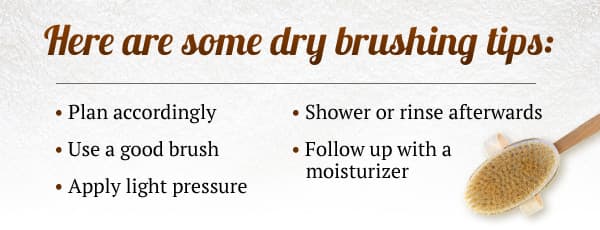
It’s important to dry brush only when you have time to shower (or at least rinse off), moisturize and let that sink in. Night time worked best for me, but mornings could also be good for an energy boost.
Use a large brush made of boar bristles or plant fibers. I’d recommend getting a brush with a detachable handle to get to your legs, arms and back easily. This is the dry brush I tested out, and I think it did a good job.
You don’t want to scratch or harm your skin; just exfoliate it. Start out with light pressure, see how your skin handles and adjust as needed. Brush towards your heart in circulation motions around your body. Take special care around your face and any other sensitive areas on your body, including near any wounds. I found it's best to dry brush in the shower because your skin may shed dead skin cells.
I was standing in my shower already, so it was easy to turn the water on to rinse. It's important to use a body wash or soap while in the shower to help make sure all dead skin cells are gone. Make sure to pat your skin dry, and then moisturize.
You should always moisturize after exfoliating, especially with dry brushing. Almond or jojoba oil will penetrate into the skin deeply to help replenish any lost nutrients.
Recap of Dry Brushing Basics
- Buy a large brush made of boar bristles or plant fibers
- Before bathing, brush your skin starting at the arms, neck and chest
- Apply light pressure; this should not be painful
- Always brush towards your heart
- Then brush your feet and move up your leg
- Brush your stomach in “a clockwise circular motion from the navel out”
- Bathe or shower as usual to remove dead skin cells
- Pat dry and apply almond or another light oil
- Note: avoid the face or sensitive areas (breasts)
Have you tried, or would you try, dry brushing?
